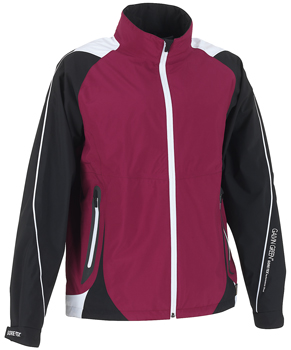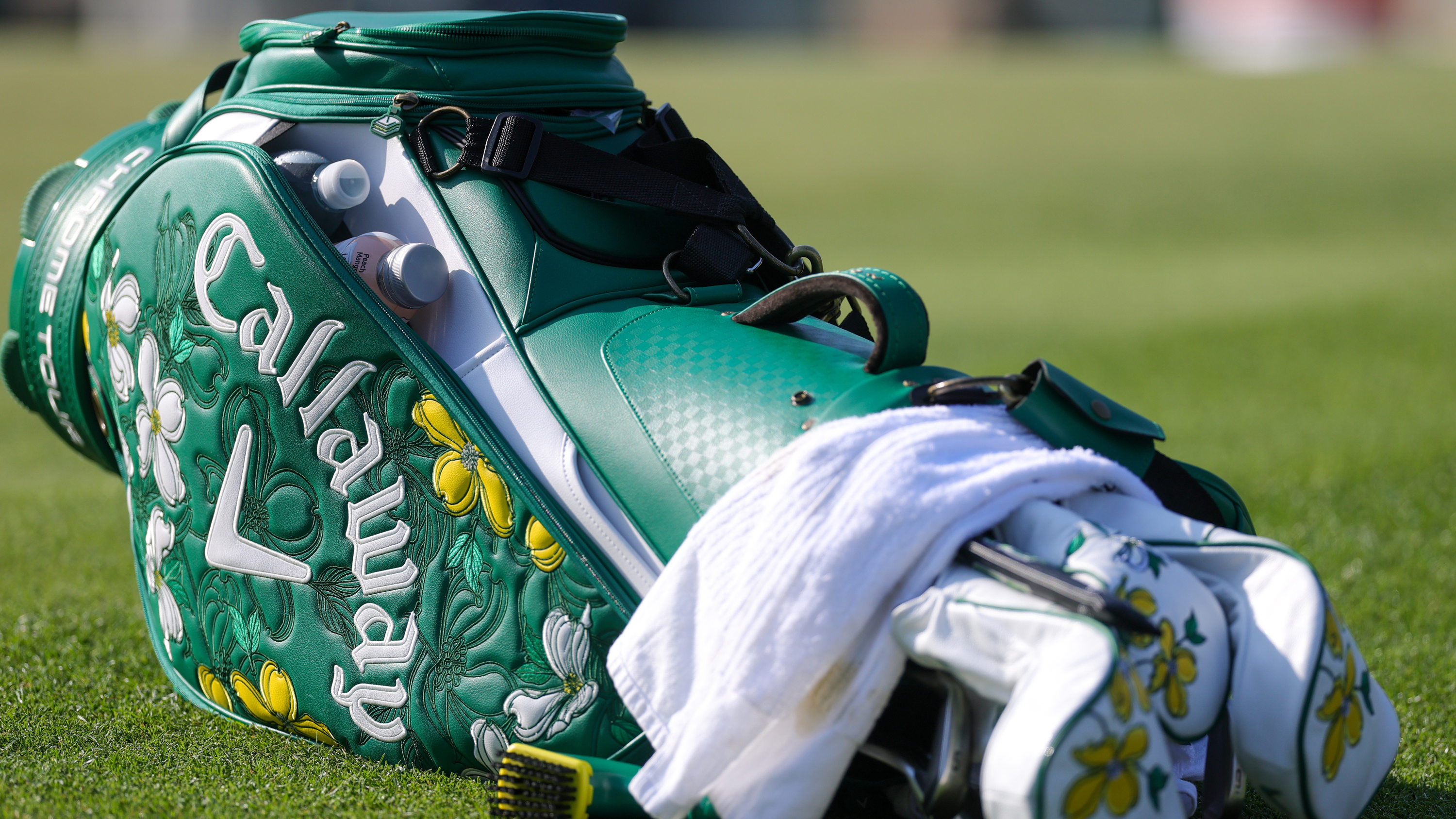Waterproof jacket buying guide
Advice on how to choose the right waterproof jacket to suit your needs

A waterproof jacket could be the most essential piece of kit you will buy this winter and so needs some serious consideration before making a decision on the right model for you.
Technology The development of synthetic fibres has seen waterproof-jacket design make great improvements. Not only are modern jackets completely waterproof they also offer varying levels of breathability. This means that sweat is moved away from the body and helps to maintain a comfortable body temperature in a variety of conditions. The most recent advancement is the progression of stretch fabrics. This was previously only used in certain sections of the jackets, but now top-of-the-range models are designed with all-over-stretch designs that improve the fit of the jacket when swinging.
Protection While some jackets offer protection purely from the rain there are others that give added warmth. The advantage of purely waterproof designs is that they are extremely lightweight and take up very little room in the golf bag. They act as waterproof shells and are designed to be combined with a number of layers, depending on the temperature. This type of layering offers more freedom of movement when swinging compared to thicker designs. The more substantial jackets (often with inner layers) provide extra warmth, while the downside is that they are often heavier and sometimes more restricting.
Added extras They may not be the first consideration when shopping around for a waterproof, but there are small design features that could make your life easier when the heavy rain arrives. While the vast majority of jackets feature some form of pocket, you should take notice of where they are placed and the ease of access. A number of jackets offer fleece-lined pockets and some even have small towels built within them. These are useful features, but they do add a little weight. Adjustable cuff and hem designs help to find the perfect fit, while a decent collar can prove a godsend when it really starts to pour.
Get the Golf Monthly Newsletter
Subscribe to the Golf Monthly newsletter to stay up to date with all the latest tour news, equipment news, reviews, head-to-heads and buyer’s guides from our team of experienced experts.
-
 Scottie Scheffler Among Big Names Spotted Testing TaylorMade R7 Quad Mini Driver At RBC Heritage
Scottie Scheffler Among Big Names Spotted Testing TaylorMade R7 Quad Mini Driver At RBC HeritageVarious TaylorMade staffers, like Scheffler and Fleetwood, were seen testing the R7 Quad Mini Driver at Harbour Town Golf Links prior to the main event on Thursday
By Matt Cradock
-
 Building The Ultimate Callaway Golf Bag: Our Favourite Clubs From The Brand’s History
Building The Ultimate Callaway Golf Bag: Our Favourite Clubs From The Brand’s HistoryWe select the best and most legendary gear that Callaway has ever produced, from driver right through to putter...
By Fergus Bisset